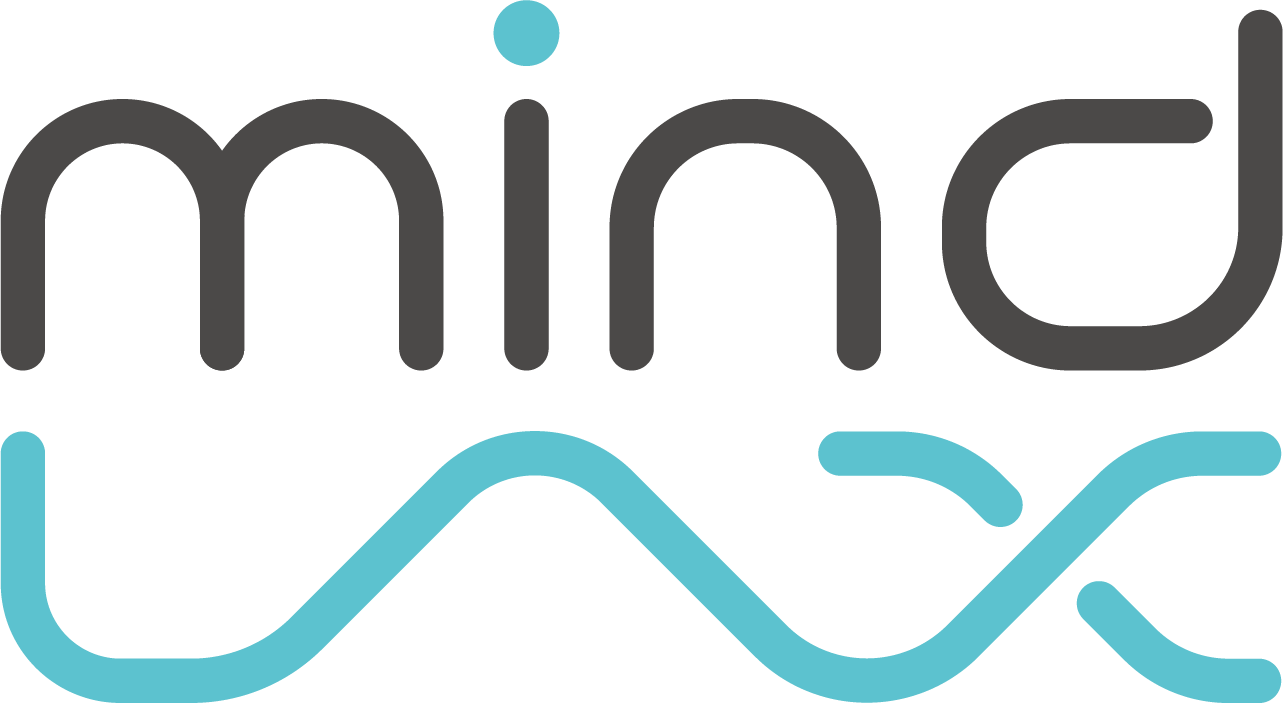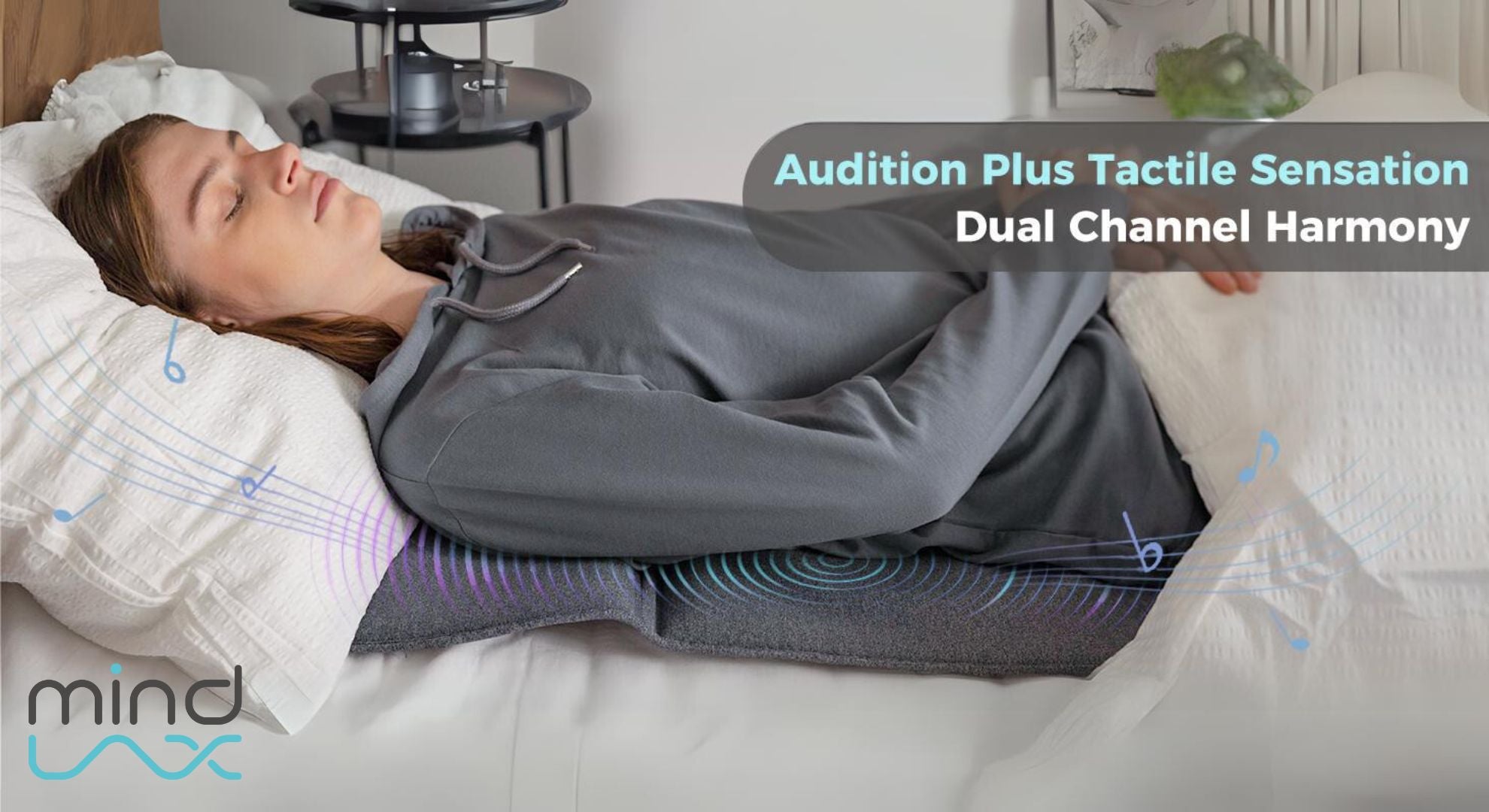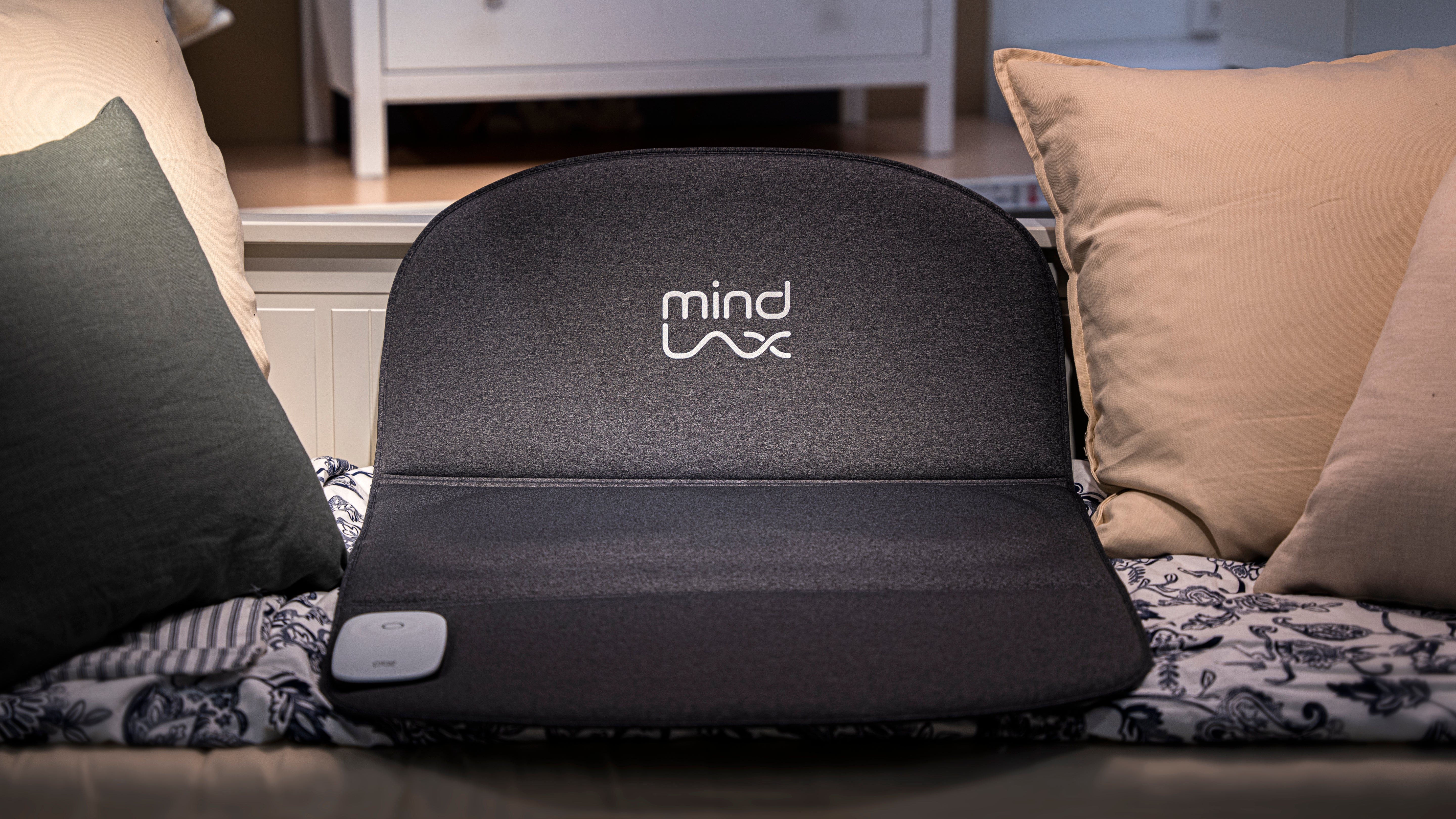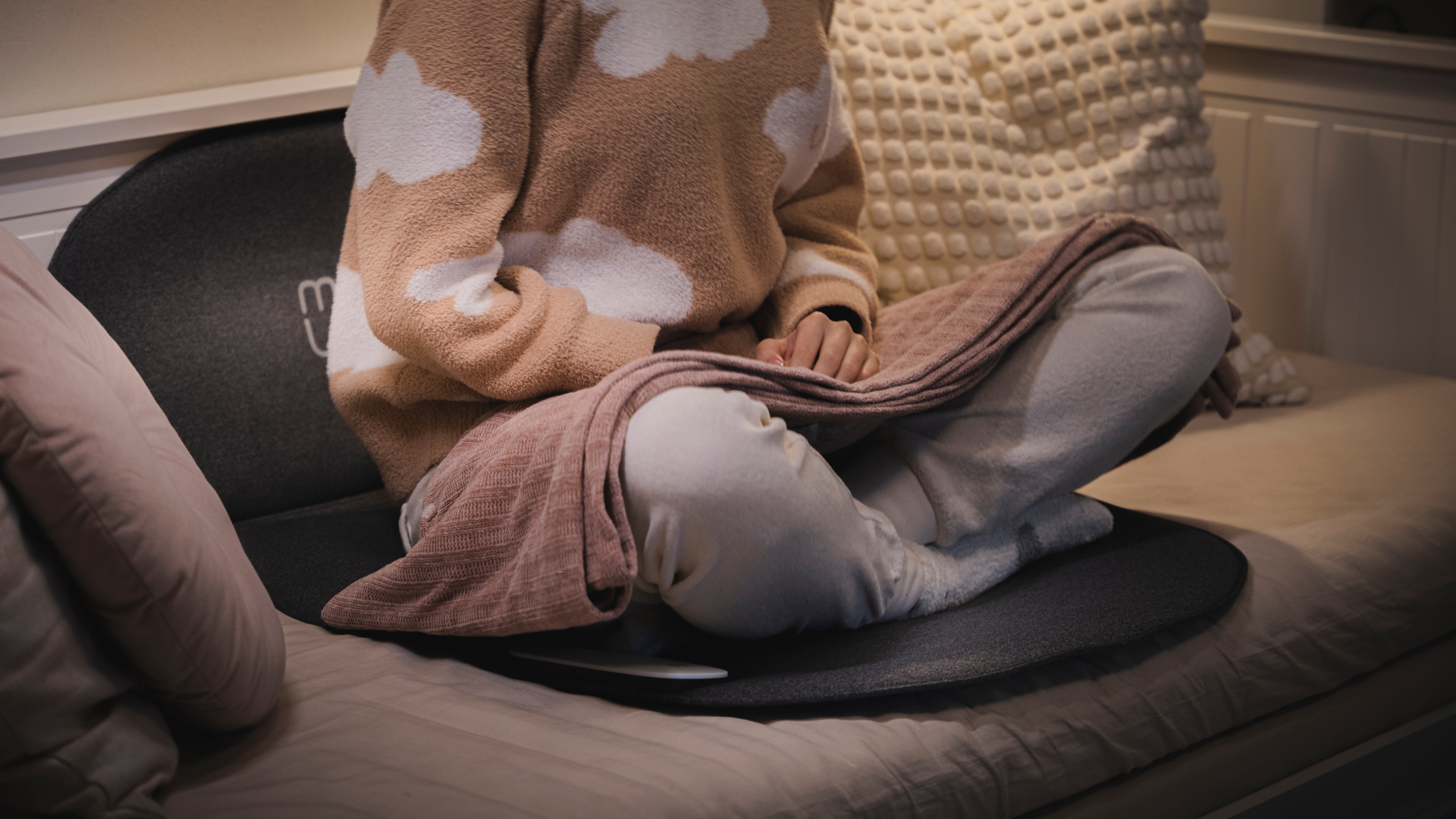MindLax adopts the self-developed neuromodulation body conduction material. This special rare alloy ultra-high-speed frequency material is made of a variety of rare metals through a special military process to form an alloy sheet and the most advanced special ion coating process. The coating is attached to the alloy sheet.
The finished metal sheet has a metal characteristic broadband and slow sine wave carrier that can generate 6~12 times effective and receivable harmonics (average of 4~6 times for ordinary metal materials) and its wave speed is 7 times that of ordinary metal materials. Mechanical waves can reach a conduction velocity of 12000m/s in it, effectively stimulating the vagus nerve VNS to regulate the autonomic nervous system and the HAP axis.
At the same time, the sound wave sequence conducted by the waveguide system through the air is transmitted to the brain through hearing, and there is a time difference of 150ms between the two, resulting in the brain wave entrainment effect. Therefore, what the ear hears is only 5-10% of the resonance of the human body.
This is why MindLax works through both tactile and auditory channels, and the ratio of the tactile part is much higher than the auditory part. This is also one of the foundations of MindLax's outstanding results.
(1). Special structural design
MindLax has no speakers, its main structure is composed of metal resonant plates of special materials and a set of mechanical wave exciters. Because the resonance points of metal resonance plates of different sizes and shapes are different, after hundreds of repeated tests and adjustments, countless iterations of shapes, sizes, cutting holes, etc. have been produced; MindLax finally finds the perfect combination between the metal resonant plate and the exciter, so that the mechanical wave can be transmitted gently and completely and act on the body's tactile system. Let the coded content be presented perfectly, and also show the sound transmission part even more perfectly.
At the same time, with such a special structural design, when the user lies or sits on MindLax and presses the device, it will not affect the transmission of the mechanical wave, nor will it change the characteristics of the mechanical wave, which ensure the validity of the digitally encoded content.
(2). Superb surface feedback waveguide excitation
Currently, almost all the inventions of haptic feedback systems focus on the level of point haptic feedback. For example, on the touch screen of an Apple mobile phone, when the user's finger touches different parts of the screen, different vibration feedback is generated, so that the user can distinguish the correctness of the clicked position or the touched function through the sense of touch. Moreover, the current point tactile feedback has a very narrow frequency response.
The MWS multi-frequency surface waveguide system breaks through the limitation of traditional tactile feedback that can only be touched. Through the perfect combination of the special metal resonance plate and the exciter, the entire MindLax becomes a complete resonance surface. The mechanical waves are emitted perfectly from the entire resonance surface, allowing the user's body to receive tactile feedback information on a larger area, making it easier to recognize tactile signals, and allowing the effect to occur faster and be fed back to the brain. In this circumstance, it lets users immerse themselves in the relaxing and sleeping world of MindLax for the first time.






Leave a comment
This site is protected by reCAPTCHA and the Google Privacy Policy and Terms of Service apply.